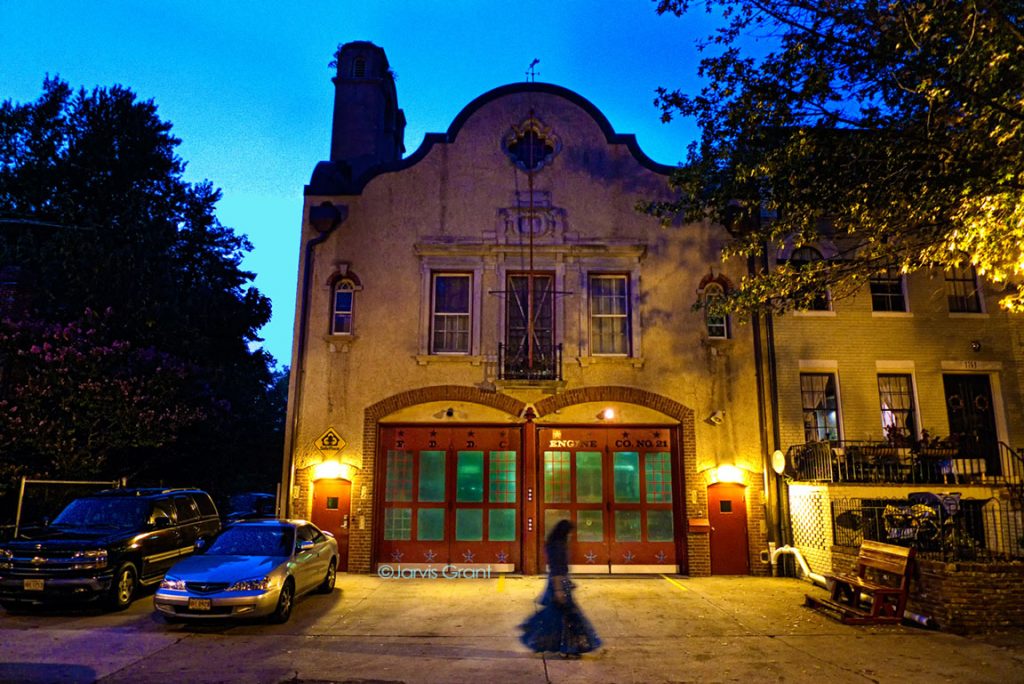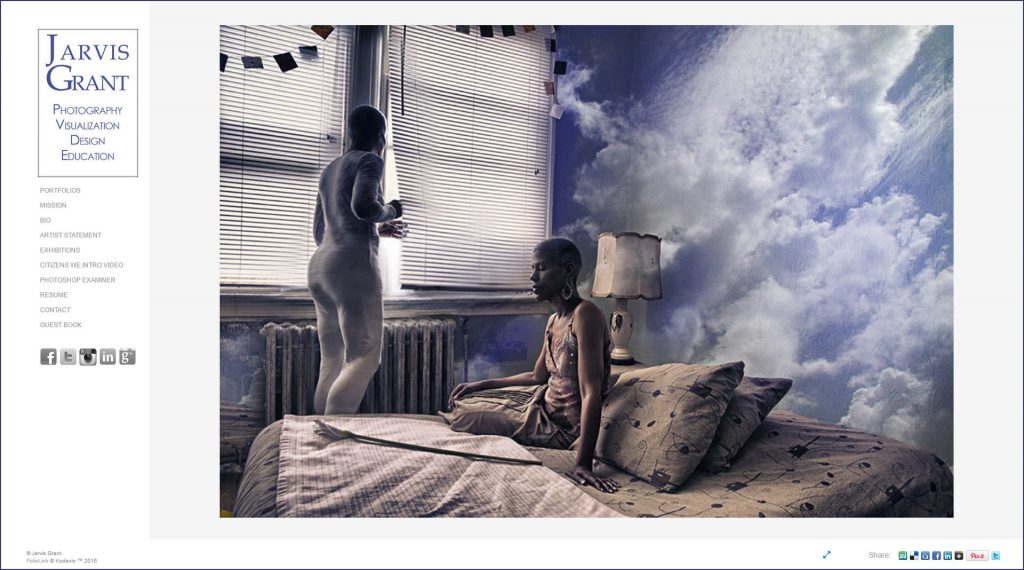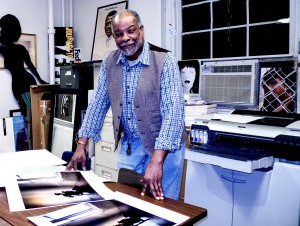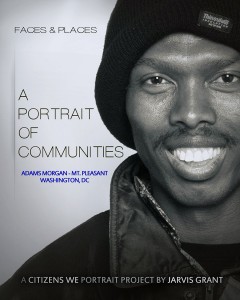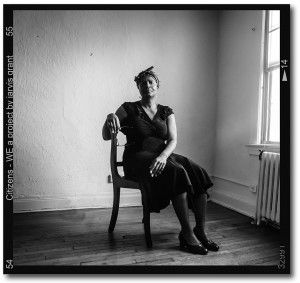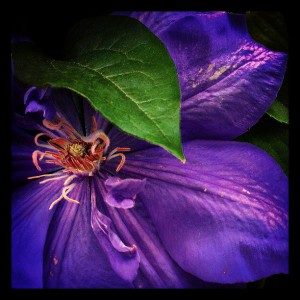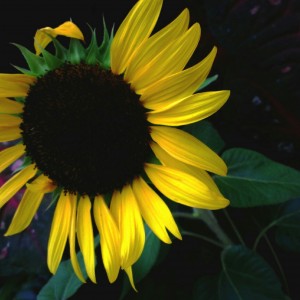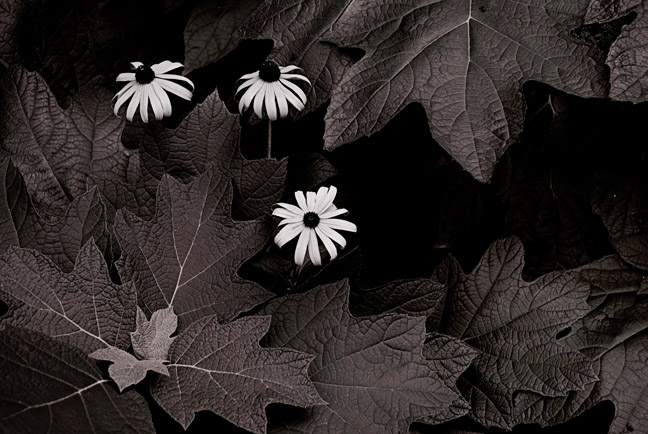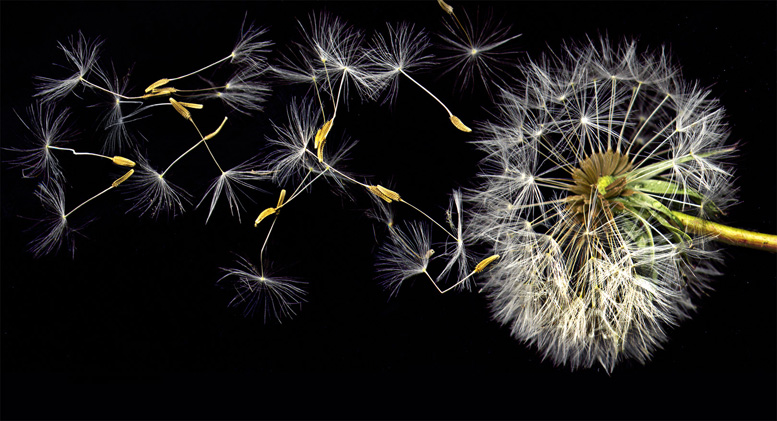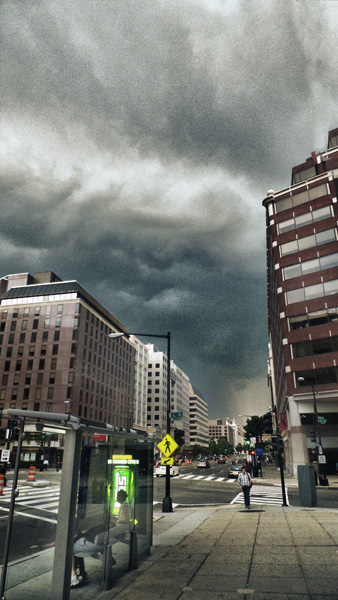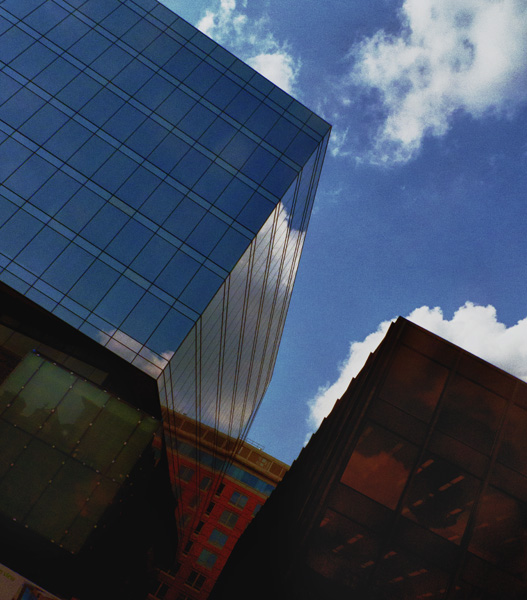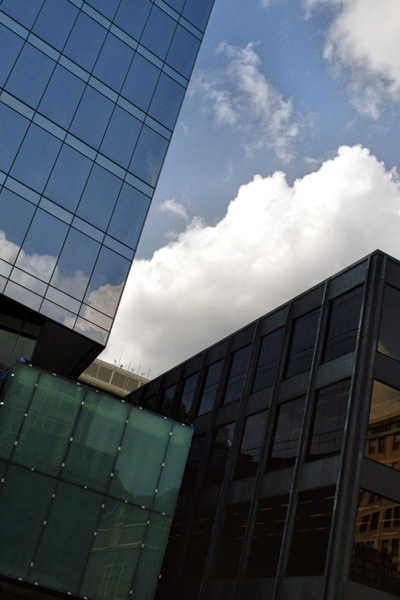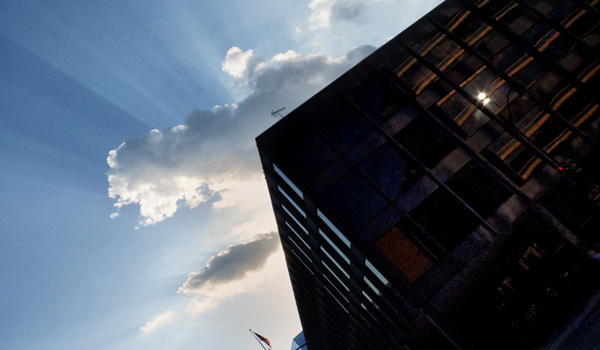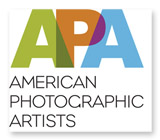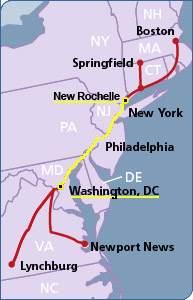
My route from Washington, DC Union Station to New Rochelle, NY.
I’ve been traveling on Amtrak since I was in college in the early 1970s. During those days the train only stopped at New York Penn Station. Now Amtrak’s Northeast Regional, stops a little closer to my hometown of Mt. Vernon, NY at New Rochelle, NY. So, for the past three years I’ve been going up to New York on a more regular bases, about 5 times a year. Checking in on my Mom and my daughter, Maya. Now, Maya grew up in DC, but has recently moved up to New York to live her dream of being an artist and helping her Grandma. She’s really making a go of it and is doing better at it then in DC. I find that interesting because DC is a smaller creative market than New York, and a bit easier to break into. But New York is more progressive and a real art town.
Okay, now during all those years of riding the train, I would a photograph here and there, no big deal. Spent most of the ride sleeping. During the past three years I got a really nice point & shoot digital camera, the Panasonic Lumix LX3. The camera is small, fast and pocketable with a wide angle f/2.0 Leica zoom lens. This camera allows me to shoot more pictures, about the equivalent of 7 rolls of film, on a two gigabyte memory card. I love it. Very surprised with the images I’ve been producing with during my mini train journeys. I also carry an extra memory card and battery. That’s almost a brick of film, for those who remember film bricks!
Now a few things have been happening. The first is that I’ve been becoming more familiar with the scenic’s of the trip. Though I’ve become familiar with the views, I’m not familiar enough to setup and be ready to take a shot. A lot is still hit and miss. A little more miss than hit it turns out! Still I’m learning how to get better shots. After all, I can’t ask the conductor to stop the train or slow it down. So I’ve worked out a methodology for shooting. It goes something like this. I tend to anticipate a photo. As we approach the scene, I’ll ten decide to push the shutter or not. If not and I feel I should have, that composition I missed will go into my mental archive of possibilities. As this archive grows, the potential of making a good shot increases. So I’ll miss “that” shot, but the possibility of something similar appearing again down the track or during another trip increases.

Conductor on the Amtrak Northeast Regional, leaving New Rochelle, NY on to Boston. ©Jarvis Grant
The next thing that happens when photographing out the window is camera handling. When a stretch of scenery seems promising I turn the camera on so it will be ready to go. Hey the camera is fast, but it’s still a point & shoot. When I firat point the camera out the window, it takes the sensor/light meter about three seconds to adjust to the change of light and become operable, and another 2-3 seconds to focus (if I’m lucky). A lot can pass by in 6 seconds as the train speeds on. I also set the camera to “Burst Mode” so it can keep taking pictures and give be more options of a scene. The downside of Burst Mode, is the camera takes time to process those photos. During that processing time the camera can’t take any new images. Finally, if it’s bright, I put the camera on “Program” so I don’t have to think about exposure and other camera stuff. As it gets darker, I go to Manual Mode or Shutter Priority. More techno thinking and a little less esthetic thinking. Still, it’s all good fun, which is the bottom line along with having new photos.
Within this body of work there are a few thematic series. Below are a few sample images. I’m still working all these images out, sifting and sorting them out. So, in future post, I’ll share what I’ve been doing with these photos as I continue to ride the rails on the Northeast Regional.
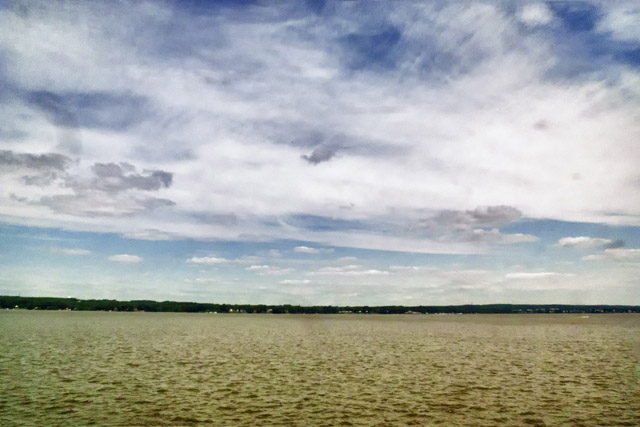
Crossing the Bay between Philly and Wilmington. ©Jarvis Grant
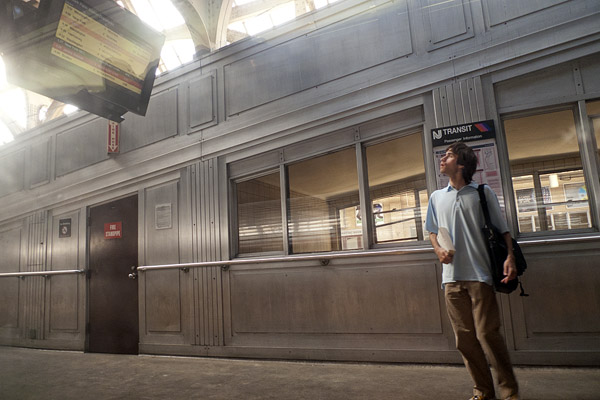
Traveler checking the time board at Newark, NJ Penn Station. ©Jarvis Grant
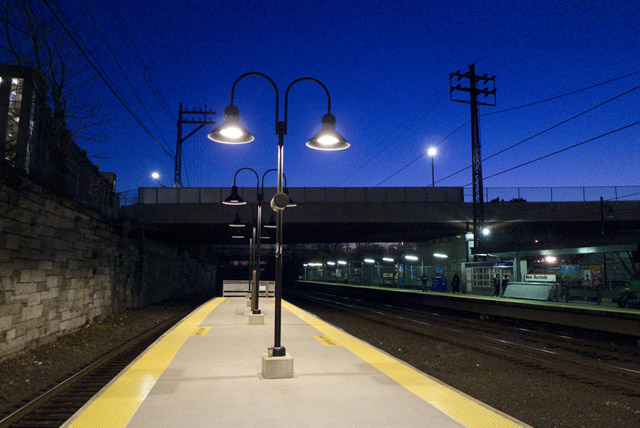
New Rochelle Station at Twilight. ©Jarvis Grant
